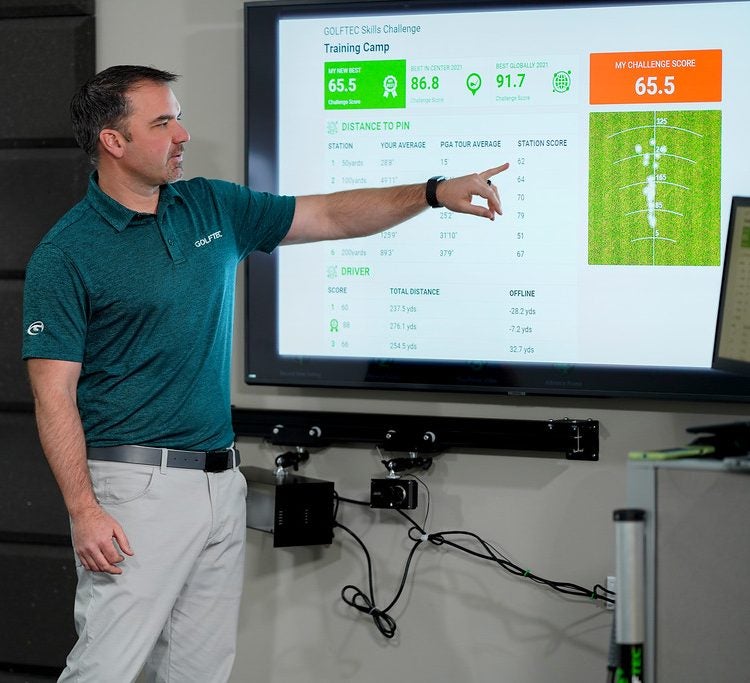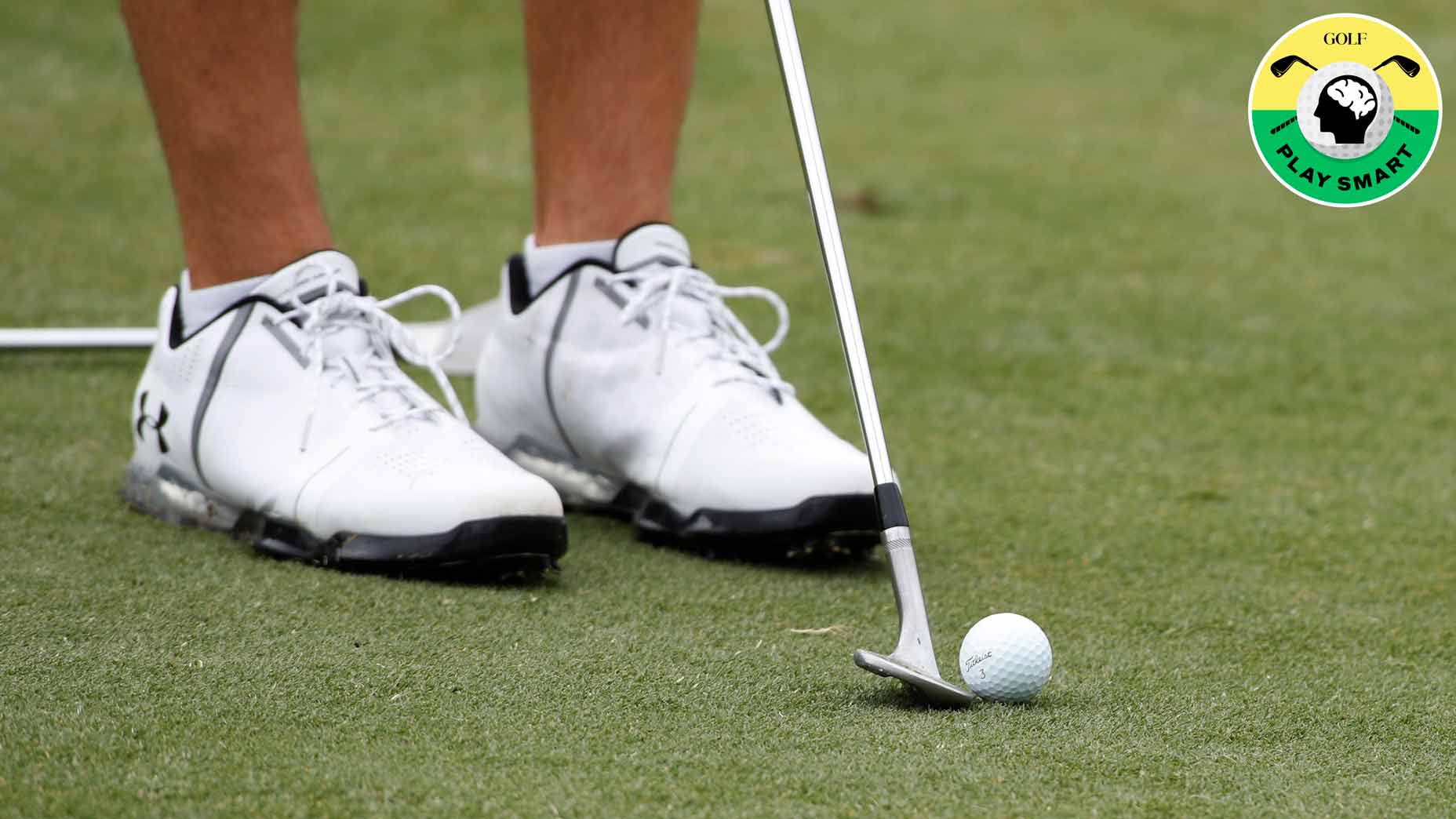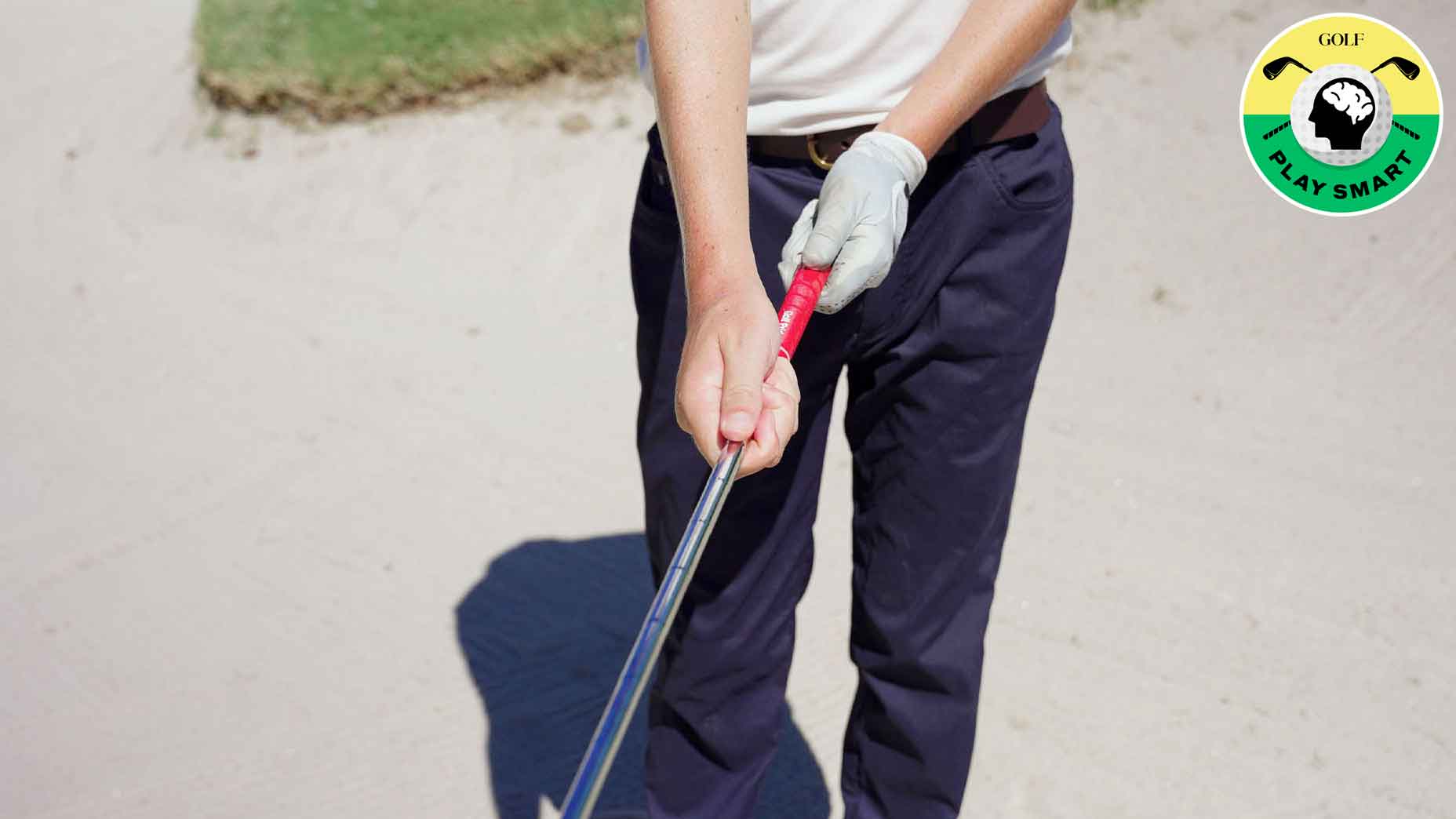Welcome to Play Smart, a game-improvement column that drops every Monday, Wednesday and Friday from Game Improvement Editor Luke Kerr-Dineen to help you play smarter, better golf.
Forgive me for turning today’s column into something between a personal rant and a screed, but in my highly unscientific personal experience playing golf recently, I’ve noticed an alarming uptick in a very annoying form of golf behavior. The most annoying golf behavior, perhaps.
Golfers hitting or picking up another golfer’s ball.
I was playing golf with GOLF.com’s own Zephyr Melton the other day as the golfer in the group ahead picked up each of our golf balls at different points in the round. A few weeks before that, it was only a last-minute shout from my playing partner that prevented a golfer in a different group from doing the same. Then again this very morning, I watched my playing partner pump a drive into the opposing fairway (by mistake) only for a golfer in the group playing that hole to casually pocket the ball before making his way along, before eventually tossing it back some 20 yards behind where it originally came to rest.

Swing Evaluation for GOLF.com Readers
Anecdotal? Perhaps. But nevertheless, it’s worth pointing out why this kind of behavior is such a scourge on the recreational game:
- First off, when you’re pocketing another player’s golf ball, you’re technically taking somebody else’s property. They paid for that golf ball, and I’m all for the finders-keepers rule when it applies, but you need to make sure it actually applies. Otherwise, you’re just stealing.
- Picking up or hitting somebody else’s ball also creates some rather annoying ramifications for the other golfer. If they don’t see you doing it, they’re going to have to declare their ball lost, take a penalty, and go re-hit if they want to register an official score. That can be a serious scorecard-killer, all from a shot that wasn’t actually that bad.
- Even if somebody else does pick up your ball accidentally, admits it and tosses it back to around where it was, they’re probably not putting it back exactly where it was before. That can be good in some instances, but it can also be bad. You may end up farther away from the hole than you were, or with a worse angle, or in a worse lie. Best-case scenario is that you’ll be left with the uncertainty of all of the above.

All of which is to say, don’t be the kind of golfer that ruins your fellow golfer’s round, even if it’s accidental. The good news is it’s very easy to not do that.
First, make sure to give your ball a marking of some kind. The best kind are the ones that encompass a large area of the ball, like line all around the perimeter, or dots on each side of the ball.
On the other side of the equation: If you see a golf ball lying around anywhere that isn’t in the forest or a hazard, you’re better off just leaving it be and going along your way.
If you’re really itching to pick up the ball, take a moment before reaching for it. Look around and see where the golf ball might have come from. Take notice of the holes that are around you, and where the tees are. Keep in mind that you may not be able to see the golfer who has just hit their ball there, so don’t operate under the assumption that if it was someone else’s ball, the golfer would’ve revealed themselves by now.
And remember the golden rule: when in doubt, leave it.
This concludes your Play Smart public service announcement. Stop picking up other people’s golf balls.










